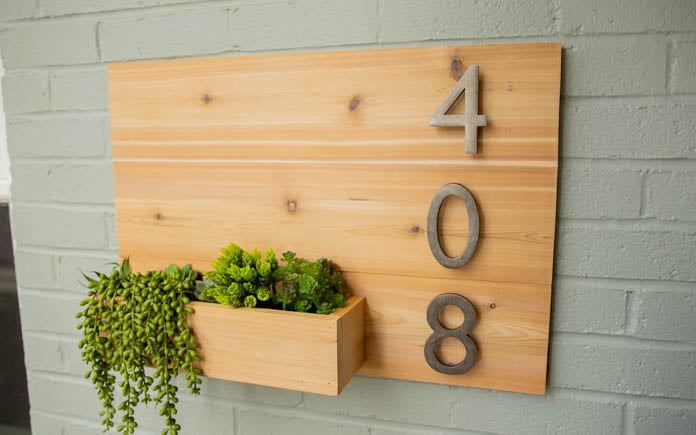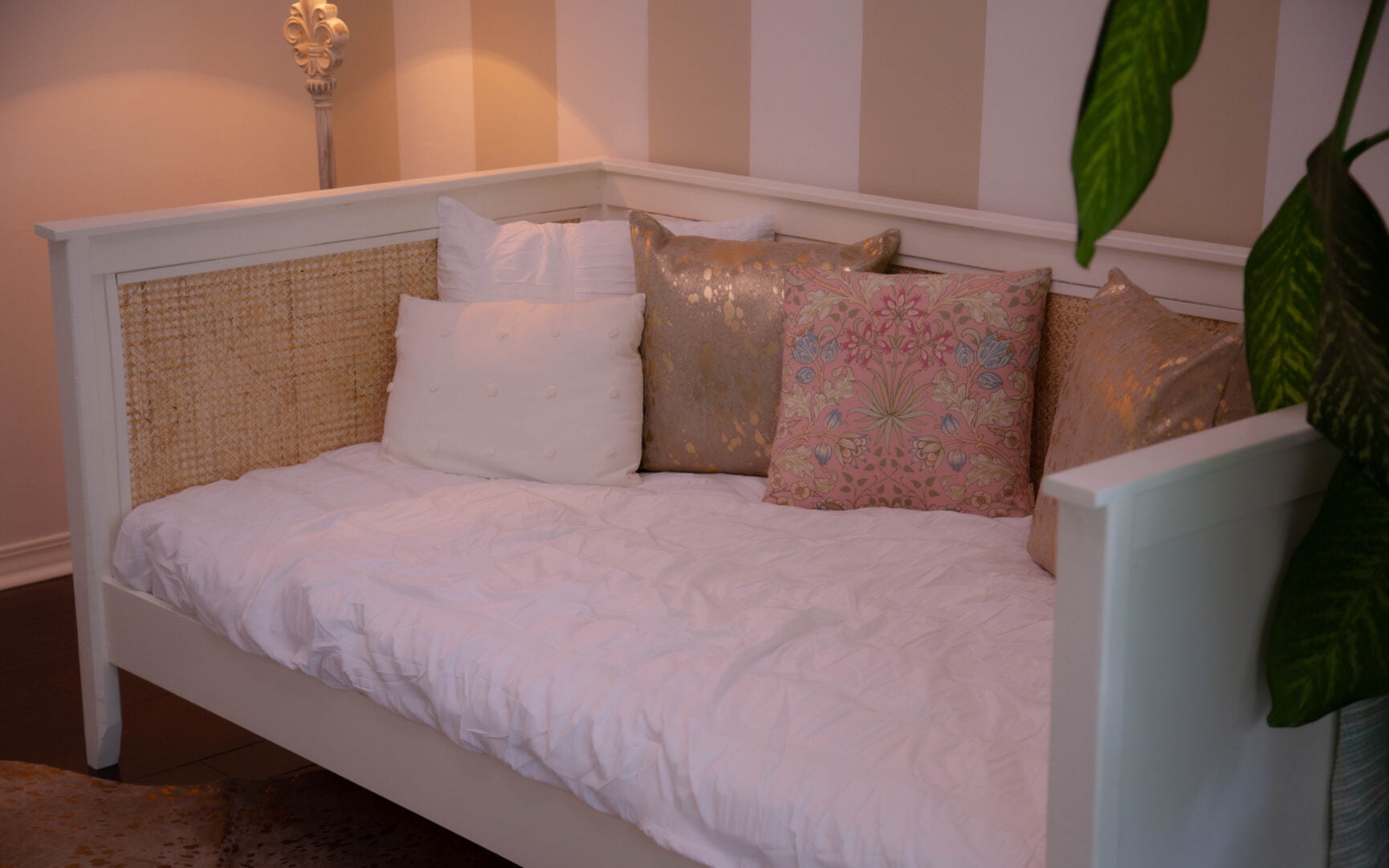Guaranteed Replacement Cost Coverage: A Must for Homeowners Insurance
If disaster strikes, will your homeowners insurance cover the cost to replace your home? A basic policy might not be enough to provide peace of mind — you need guaranteed replacement cost coverage. This article is sponsored by Erie Insurance. If your home insurance is lacking, you might be paying out of pocket to rebuild … Read more










